Stunning, quirky life model Wendy is lying naked on a couch.
She looks completely at ease with her body.
I, however, feel a surge of trepidation.
I’ve joined a life drawing class run by Dundee Art Society and the task at hand is to produce sketches of Wendy in various poses.
I won’t beat about the bush – I’m distinctly lacking in artistic skills.
Tutor Martin Hill reassures me that it doesn’t matter, that he’s not expecting me to produce a Rembrandt or da Vinci, while society membership secretary Alasdair Chisholm is convinced that “everyone can draw”.
I’m not so sure.
Does it matter if I’m ‘bad’ at art?
The last bash I had at drawing (other than making silly scrawls and scribbles on bits of paper) was a very long time ago.
Judging by the ‘artwork’ I produced at school, it seemed any natural talent I had was thin on the ground.
However, I recently I read a piece that proposed the idea that creating ‘bad’ art is good for you.
So we learn by making mistakes, and the more we practice, the better we get. In theory….
Models who strip off for the class range in age, shape, size and sex, and Wendy – who prefers not to reveal her surname – is one of about 13.
How do you draw a nude model?
With her cascade of blonde curls, huge lashes, thick black eyeliner, pouting red lips and striking tattoo, she really brings the drama and the theatre.
But I have absolutely no idea where to start.
Martin sets me up with an easel, paper, and an array of drawing tools, including a pencil, charcoal sticks, and pastels.
The two-hour session starts with a ‘warm-up’ drawing done in a few minutes.
Wendy reclines on the couch, and, as I pick up a piece of charcoal, a wave of anxiety courses through me.
I give it my best shot – I manage to draw a vague impression of Wendy’s face.
It’s not the worst thing ever, but it doesn’t really look anything like her.
Martin comes over for a look. He’s full of praise and encouragement, although he does ask if I really did ‘see’ the eyelashes I’ve drawn.
I have to admit that no, I sort of imagined them, and drew what I thought I should be drawing, rather than what I actually saw.
We should draw what we see
It sounds simple to say we should draw what we see – and not what we think we see – but it’s harder than you might think: our unconscious minds try to take over.
Martin suggests I need to ‘look’ more – I should be looking about 90% of the time, and drawing about 10%.
The next series of poses come in two, five, 10 and 15 minute bursts: it’s intense.
“It’s a bit of a baptism of fire,” smiles Martin, and I absolutely have to agree.
He’s a brilliant tutor, and freely gives me advice about proportion, scale, and how to focus on simple shapes.
During a 10 minute pose, where Wendy is sitting upright, he encourages me to focus on drawing her body, rather than her face.
I struggle with every feature – arms, legs, shoulders, hips – and how on earth do you draw hands?
I produce arguably my best drawing during a 15-minute pose – although Wendy’s face is just a messy blur with a frizz of hair.
Where does Wendy get her inspiration?
During the break, I catch up with her for a chat. She tells me she “dabbles” in a bit of art and has been nude modelling here for about 10 years.
I wonder if she’s at all body conscious. “Not at all. I embrace my flaws!” she smiles.
“I take inspiration from classical poses, and when I’m in costume, I transform into the character. It’s very liberating. It’s a confidence booster.”
How do family and friends react to her nude modelling?
“They look at me as being a bit wild and wonderful at the best of times” she laughs.
So what does Wendy make of the art made of her? She says, very kindly, that my sketches are “ace” and that one in particular is “very cute”. I’ll take that – thank you!
“I love seeing all the different interpretations,” she elaborates.
“It’s good if I can have a peek to see what folk have been sketching or painting.
“I have a little collection that I’ve gathered through the years.
“I’ve never been offended by anything I’ve seen. Art is a personal thing – it’s about what you see, how it makes you feel.”
A chance to check out other art
I take the opportunity to check out some of my classmates’ work, and am blown away.
Lundie-based Joan Woodsford has created some incredible colourful sketches.
Joan, a keen ceramicist, describes her style as “messy” and says she tries to keep it “quite free and loose”.
She’s critical of her work, too. Pointing to one drawing, she shakes her head.
“The space between her arm and midriff doesn’t look right,” she laments. “I often think it’s right until Martin says: ‘Just have a little look at that again.’
“It’s all about looking – looking at the model more than you’re actually drawing.
“You’re looking and checking and asking: ‘Is the angle of the body right? Is it too upright? Is it too flat?”
Joan has been coming to the class since September. She describes it as a combination of “intense, challenging and rewarding”, admitting she finds it hard to sleep afterwards because she’s so wired.
Life drawing is ‘the bottom line’
Tayport-based Julie Wyness tells me her style is “a bit impulsive”, and says classes are a “rare opportunity” to be with other people making art.
“Martin’s a great tutor,” she enthuses. “He just gives you enough to move you on.
“Life drawing, or figure drawing, is almost like the bottom line. There’s so much to it. It’s so dynamic.
“The models are very different. They can provoke a different reaction or a different style. The variety is the exciting bit.”
I also chat to Duncan of Jordanstone College of Art and Design graduates Simon Dwyer and Hayley Bruce.
Simon is working in collage, and Hayley, an art therapist, is experimenting with fineliners and pastels.
“Wendy is a great model,” says Hayley. “You never know how she’s going to pose, or what she’s going to put on as an accessory.
“She always brings a smile to my face, and the question, ‘how do I draw that?’
“When I first did life drawing, it was very much like: ‘These are your proportions, this is how you do it’, whereas now I’m going for fun, for feel, for experiment.
“It should be enjoyable. It’s a no-pressure environment.”
How does Wendy avoid cramp?
The second half of the class sees Wendy posing for a staggering 50 minutes. How will she manage?
“It can get uncomfortable sitting or standing still. But if I’ve put myself in an awkward pose and cramp arises, I meditate.”
I’m not sure I’ve got it in me to improve much more in just one evening, but Martin encourages me to at least try for a bit – even if just 20 minutes. And so I do.
For this pose, Wendy wears a vintage hat and drapes a sparkly black shawl over her tanned shoulders.
After I’ve played about with charcoal, Martin suggests I add some colour with pastels.
Life drawing inspired by expressionist art
Pulling out his phone, he shows me a series of bold, vibrant artworks of glamorous women by Dutch-French artist Kees van Dongen.
The most striking have bright red lips, and large, dark, striking eyes.
“Why not go for something along those lines – something a bit expressionist?” he suggests.
I try, but I’m losing energy and focus. For a complete amateur, this is full-on!
But Martin has only kind words to offer: “You’re doing really well. I think you were getting there in the last five minutes.
“In any case, this is not a ‘this is how you draw’ class. It’s more like an ‘ok, you show me what you do, what can we do to make that better, have you tried doing this?’.
“It’s about nurturing people’s own personalities and styles rather than making it a case of ‘do what I do’.
“Really it’s a little balancing act of getting it right but making it your own.”
No room for error in life drawing
What are his thoughts on drawing naked models? “It’s just a series of shapes; it’s just another form,” he muses.
“If you draw a tree slightly wrong, people might not know, but if you put an arm in the wrong place, space the eyes too widely, or the legs are not to scale, they will.
“That’s why life drawing is so great – there’s no room for error.”
Martin, who predominantly specialises in expressive oil painting, graduated from DJCAD in 2009.
He was selected and shortlisted for a multitude of ‘Best Of’ graduate exhibitions, including the Royal Scottish Academy‘s ‘New Contemporaries’.
He also has work in the public collections of the University of Dundee and the Royal Scottish Academy of Art and Architecture.
Martin became the tutor for the life drawing classes in April last year.
Everyone welcome
So who can take part? Anyone and everyone, it seems.
Martin tells me they welcome the “full spectrum”, from school leavers preparing portfolios for art college, to people who simply love drawing.
What about those – like myself – who might feel nervous about joining?
“Don’t be scared,” he says. “Once you get going you become very quickly relaxed – and then you just try to improve.”
And of course, nobody’s work is analysed in a formal way.
“There’s no crit at the end of the session,” reassures Martin.
“During the break people will walk round and maybe have a look. It’s really friendly: there’s no judgement.”
Despite my trepidation, it’s very laid-back – there’s no sense of elitism or arty snobbery here.
I gather up my artworks and deliberate coming back to try again another week.
- Life drawing classes run from 7pm to 9pm on Mondays at Dundee Art Society’s Roseangle Gallery.
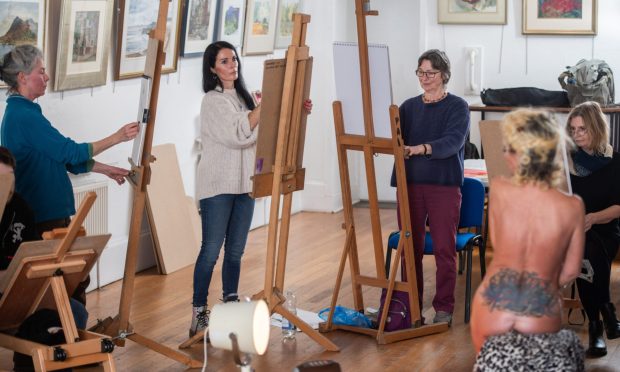

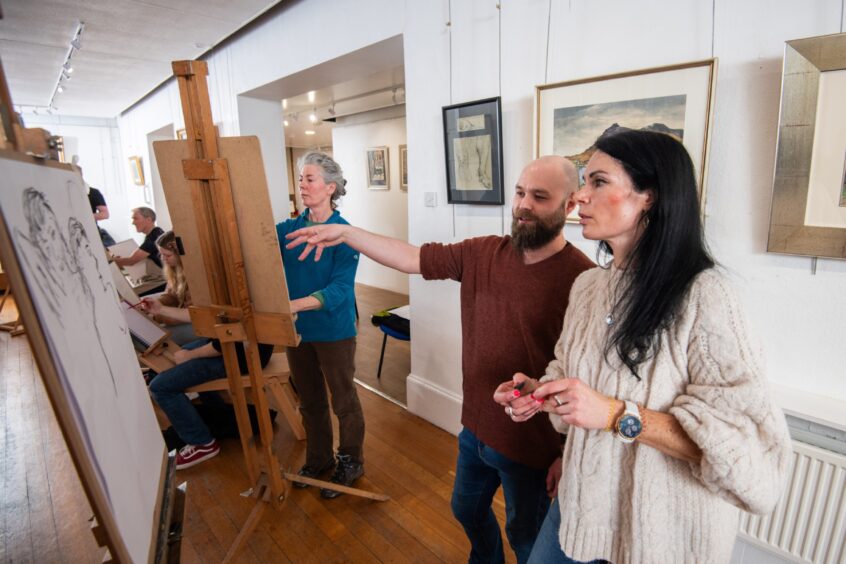
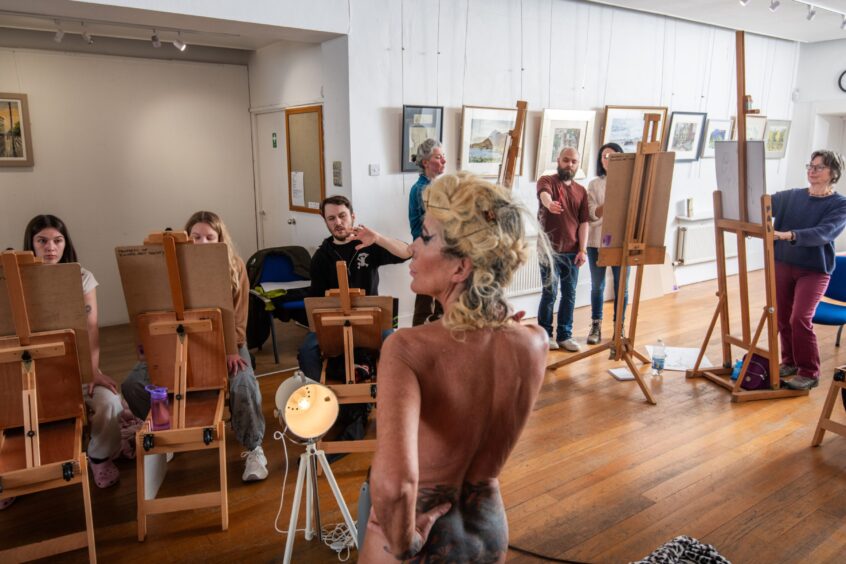
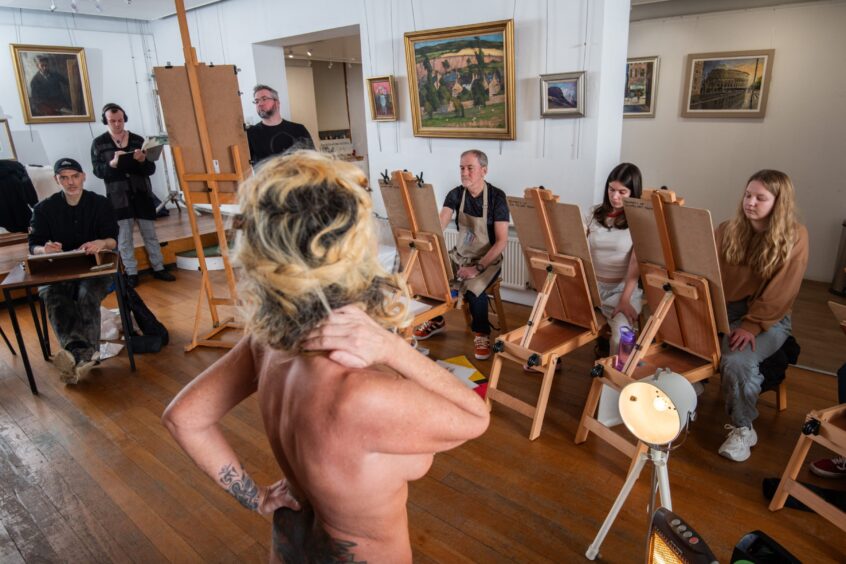
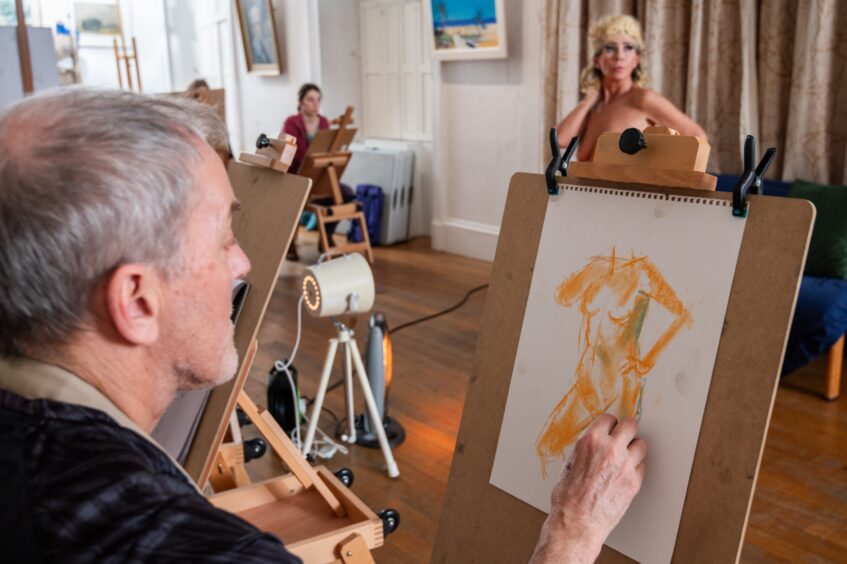
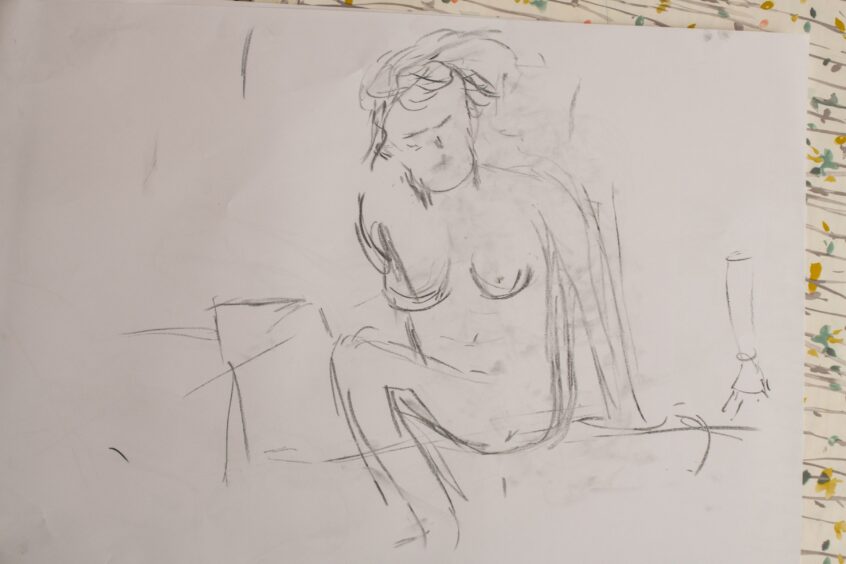
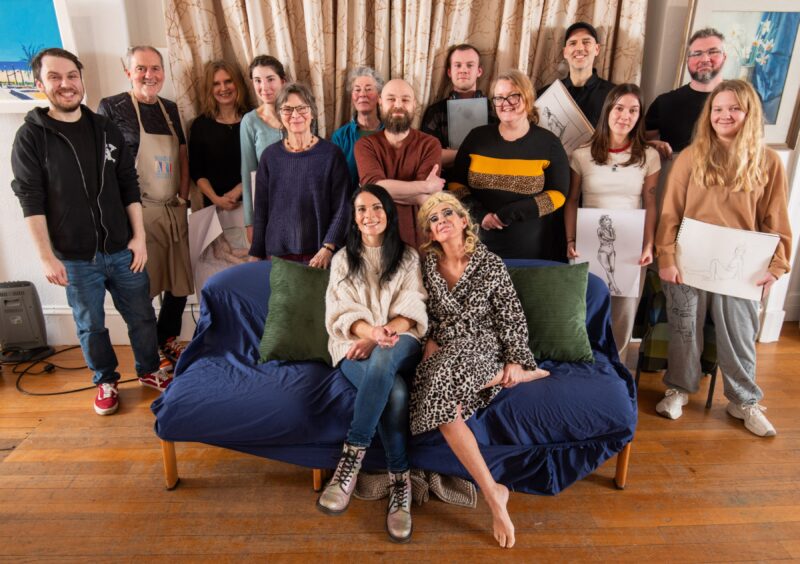
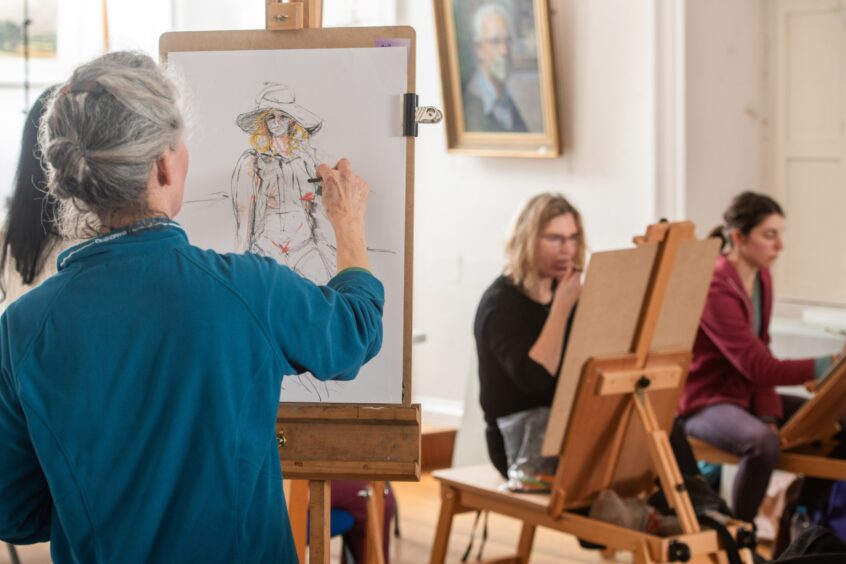
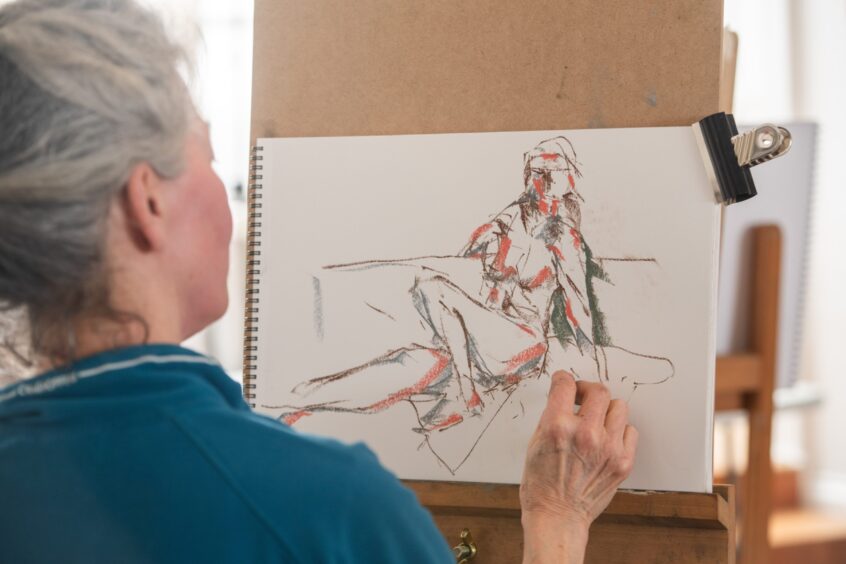
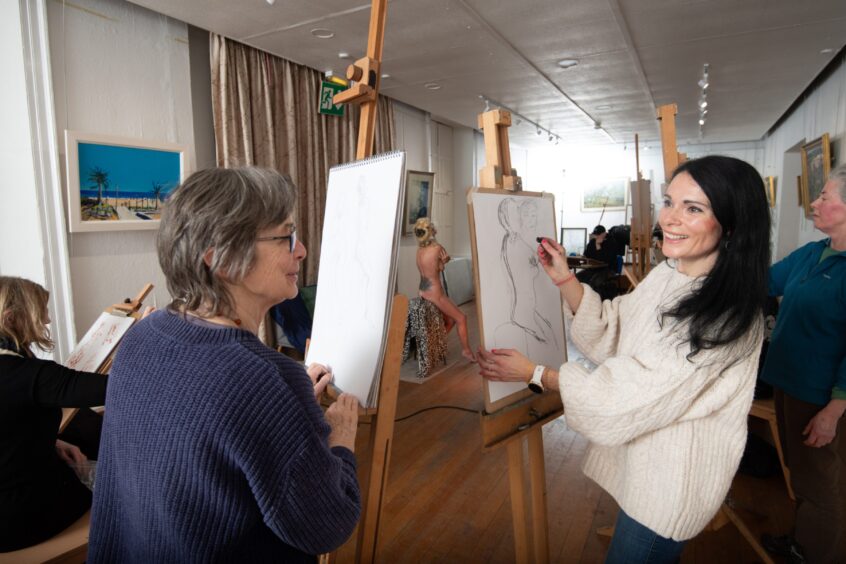
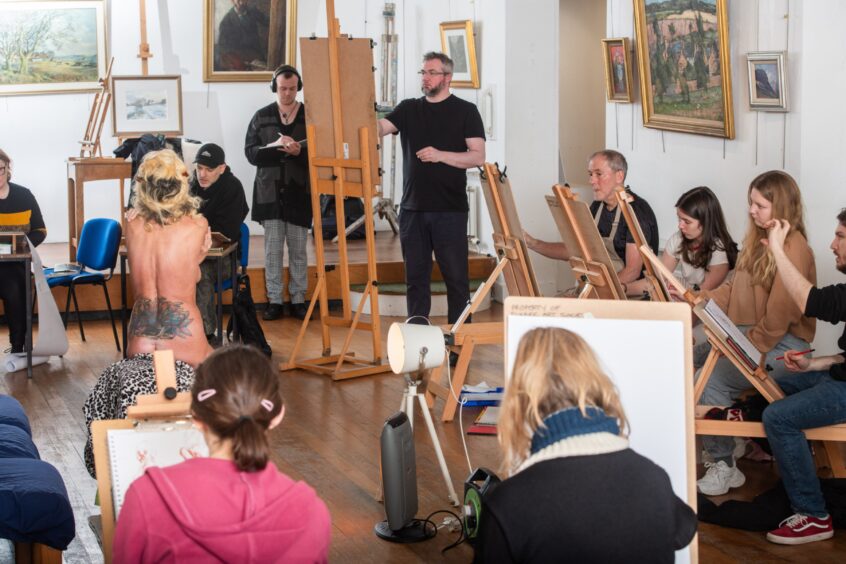
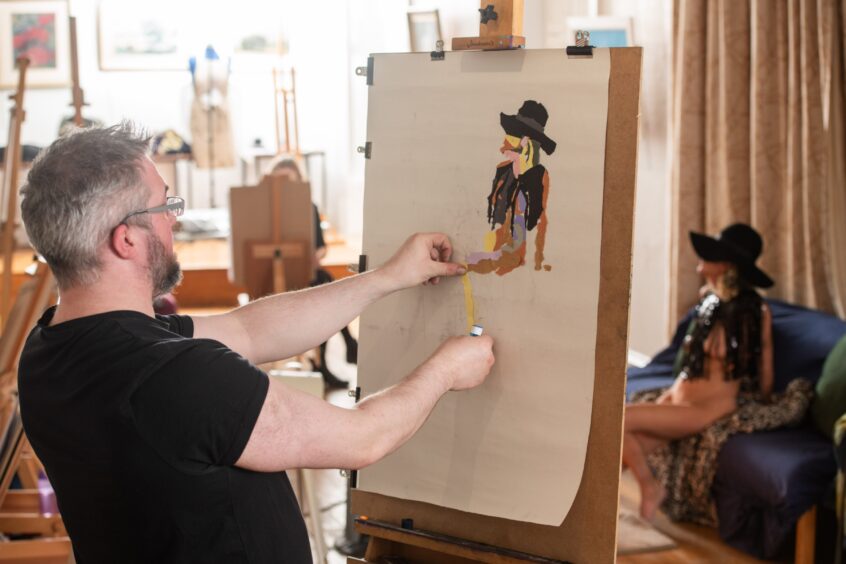
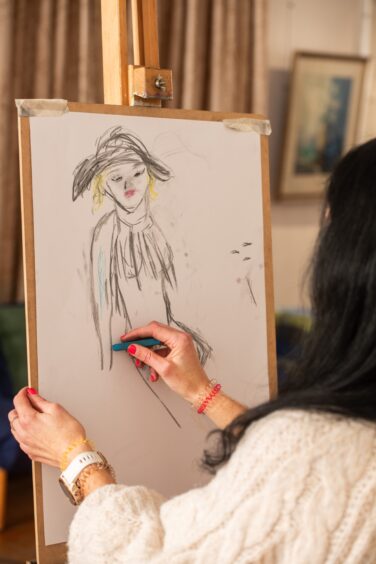
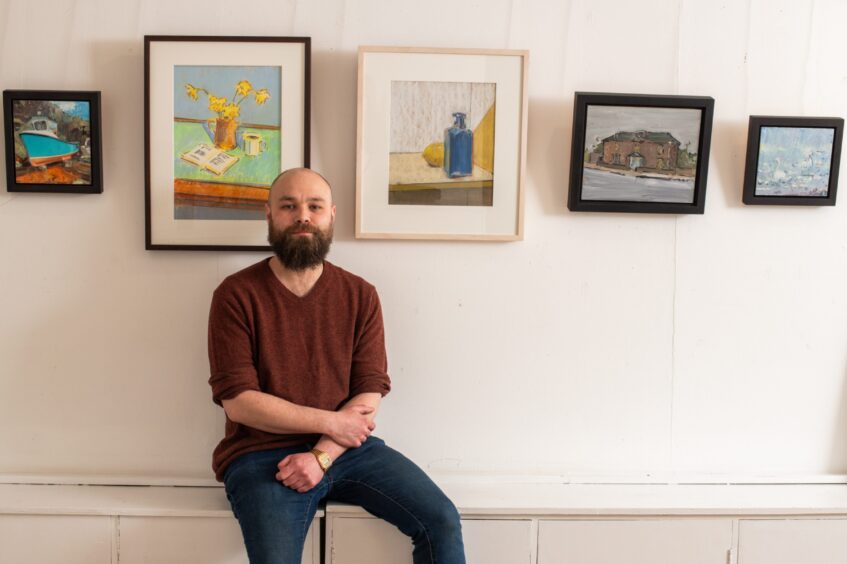
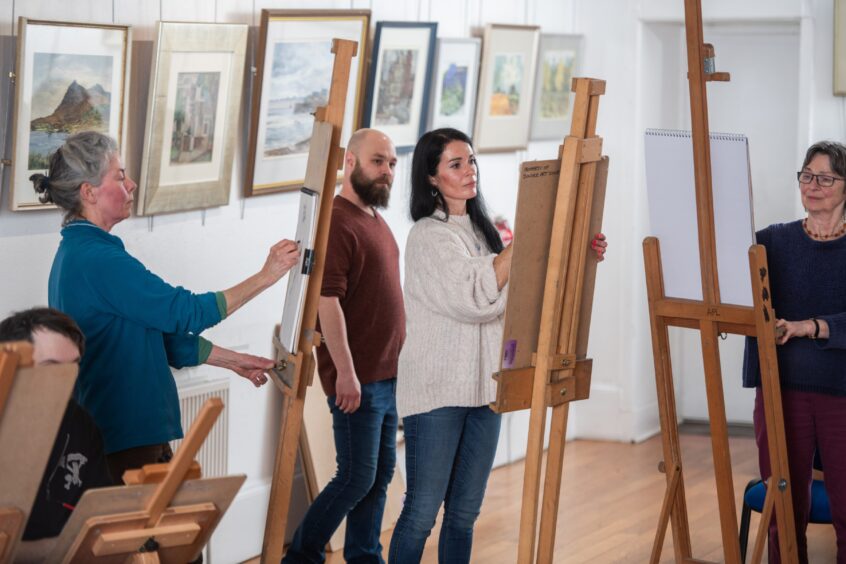
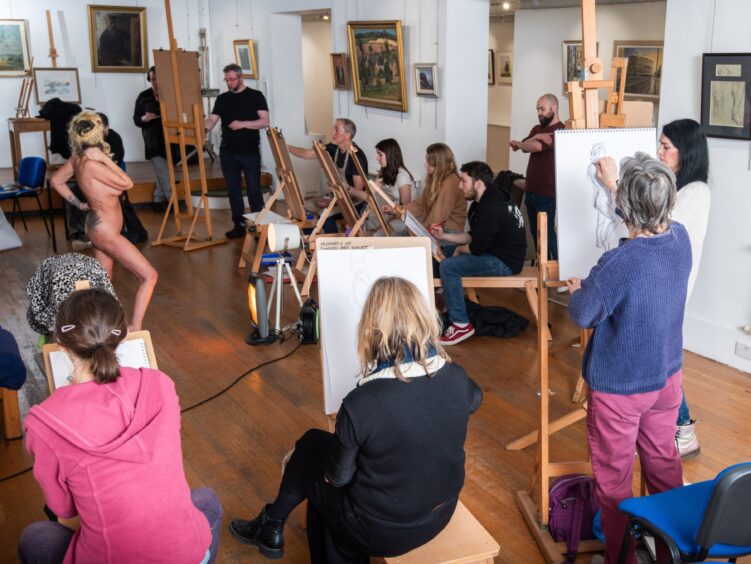
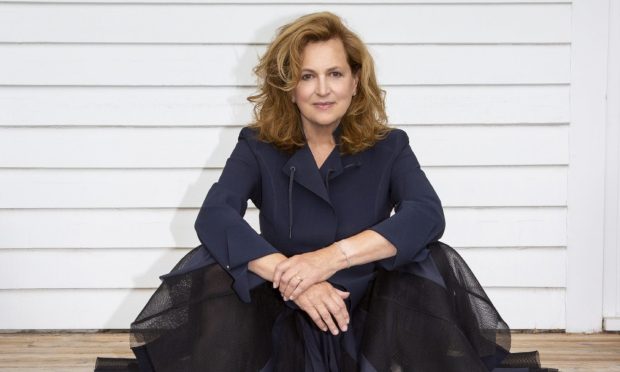
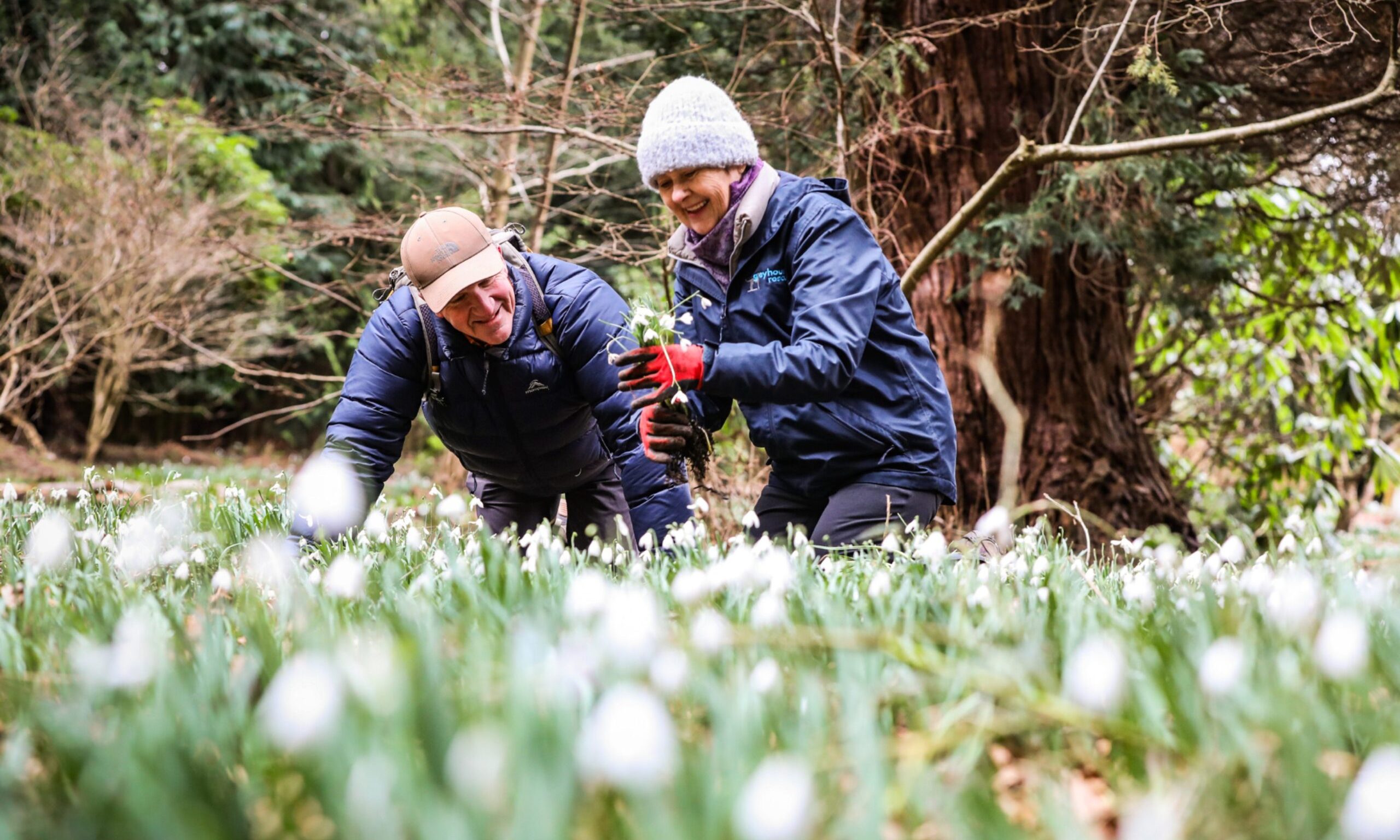
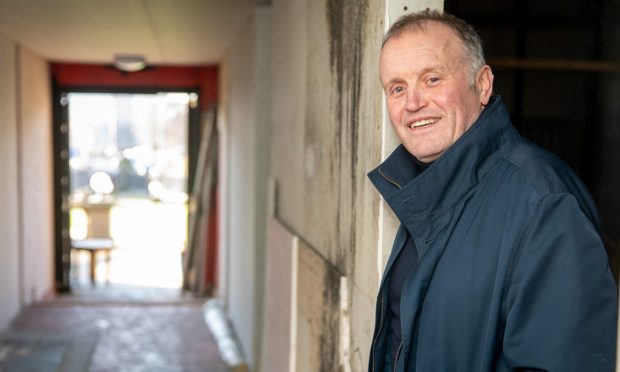
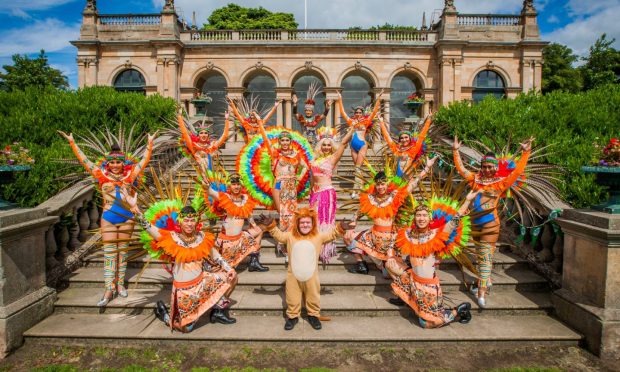
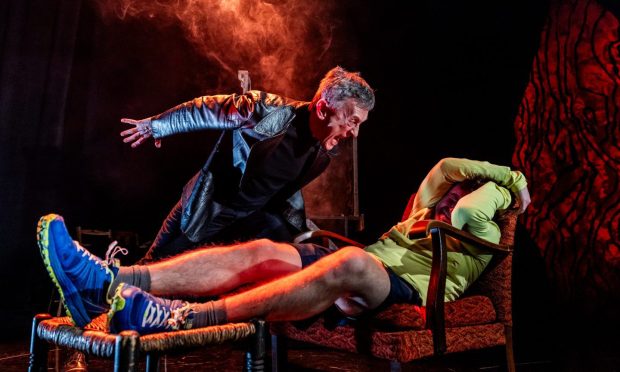
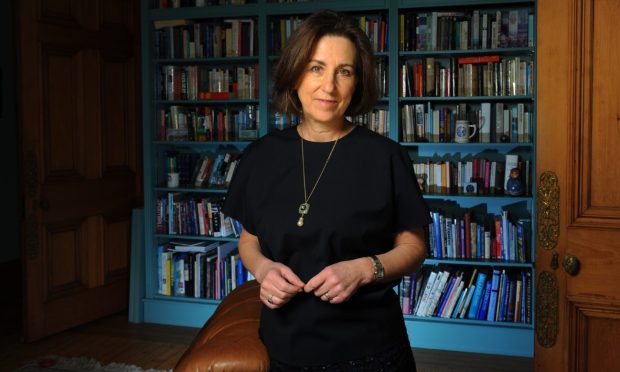



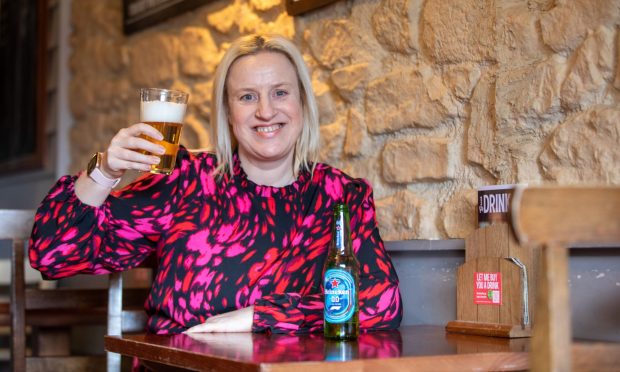
Conversation